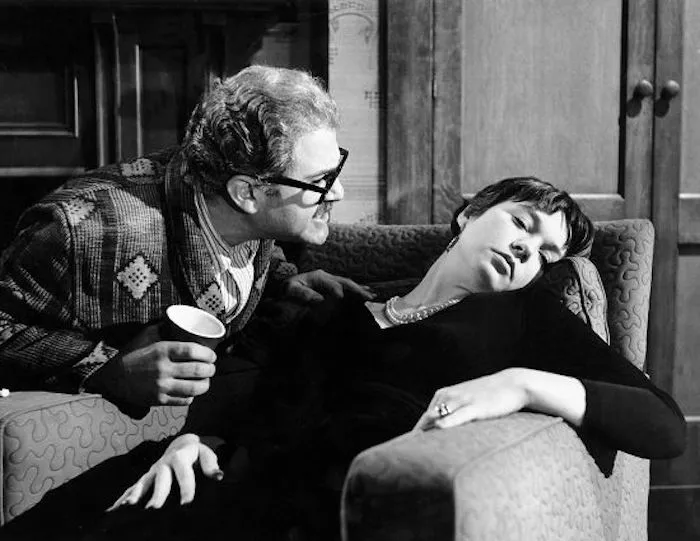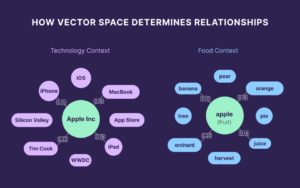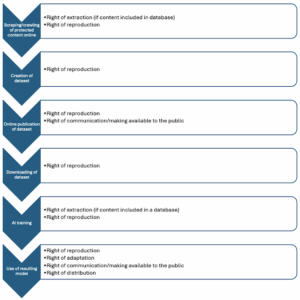“Unlocking the Secrets of Compelling Narratives: How Emotions and Mentorship Shape the Stories We Tell”
Are you ever blown away by the nuanced complexities of character interactions in film and television? It’s truly remarkable how stories can hinge on the delicate balance between two primary archetypes—the Mentor and the Attractor. Just think about it: these characters shape not only the plot but the very essence of the protagonist’s journey. In fact, I delve into this fascinating dichotomy in Part II of my book, The Protagonist’s Journey, where I explore how the Mentor guides the intellectual growth of the protagonist while the Attractor nurtures their emotional development. The interactions between these characters can sometimes feel like a dance between the head and the heart—one moment you’re pondering your next move, and the next you’re swept away by your feelings. So, what defines these intricate roles, and how do they contribute to the unfolding narrative? If you’ve ever found yourself wondering how our favorite characters evolve through such connections, you’re in for a treat!
Click here to LEARN MORE.

Reflections on two primary character archetypes.
In Part II of my book The Protagonist’s Journey, I explore five primary character archetypes present in countless movies and television series: Protagonist, Nemesis, Attractor, Mentor, Trickster. I call them The Family of Characters.
I find working with these character archetypes both a helpful and fascinating way to develop a story.
In my book, I draw a distinction between the Attractor and Mentor figures. Both impact the behavior of the Protagonist, but in different ways: While the Attractor is most connected to the emotional development of the Protagonist, the Mentor is most connected to the character’s intellectual development. Hence, these associated images:
Recently, when I led a class session on this subject, one of my students wrote this:
I don’t see them just as providing intellectual information and helping with what the Protagonist does, but also more essentially who the Protagonist is, or becomes. For example, in The Apartment, Dr. Dreyfus seems more like a moral compass for Baxter and helps fundamentally change who Baxter is as a person. Or do we say that the “wisdom” Dr. Dreyfus provides allows Baxter to change himself? Or do we say that the wisdom the doctor provides allows Baxter to change his relationship with his Nemesis and thus Baxter changes as a person, and its Baxter doing the changing?
Here is my response:
I would hope they way I discuss Mentor archetypes it doesn’t come across as if I am suggesting they only provide “intellectual” insight. The contrast of Head (Mentor) vs. Heart (Attractor) is a simple way of short-handing the fundamental distinction between their respective narrative functions. It’s a starting point for discussing the two character types.
I assert that at its core, a story asks this question of the Protagonist: Who are…











